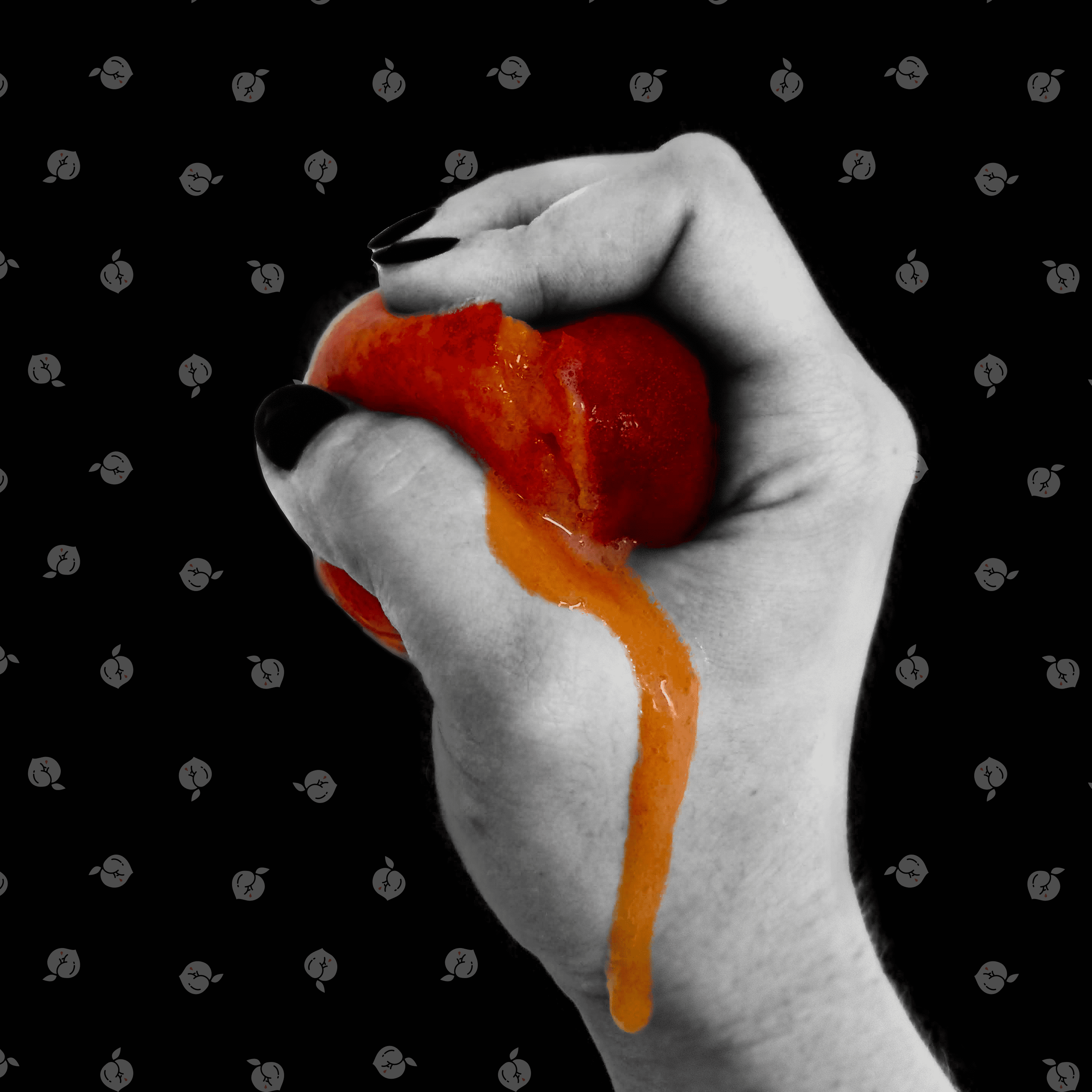Sexual dysfunctions: orgasmic disorders
Over the past weeks, I have been describing desire and arousal disorders. Now, I am almost done. Here is the last group of sexual dysfunctions - orgasmic disorders. If sexual arousal disorders mainly affect men, the dysfunctions of climax are those that are most common in women.
Orgasm is the organism's response to the body's stimuli during the arousal phase. It is born in the lowest neurovegetative center in the lumbosacral spinal cord and is influenced by other higher centers. Our body undergoes great stimulation during the arousal phase. At the edge are sensory nerves and tactile fibers that react to pressure on the body surface, especially when it comes to our erogenous zones. The nerve endings receive electrical impulses, which travel all the way to the brain. They react with involuntary, rhythmic muscle contractions. Muscles contract on average at 0.8 seconds. During orgasm, blood pressure, heart rate, and respiratory rate increase. Physiologically, orgasm is the process of releasing increased blood flow and myotonia.
For the climax to occur, three conditions must be met:
- adequate state of health (orgasm develops if the orgasmic pathway runs smoothly),
- sufficiently long and satisfying arousal phase (physical and mental sexual stimulation),
- relaxation (easy peasy to relax in theory, but in practice, a little more demanding; the relaxed state allows better perceptiveness to sexual stimuli).
If any of these conditions are not met and not given enough attention, orgasmic disorders may develop over time. Like desire and arousal disorders, orgasmic disorders are divided into primary (a person has never reached orgasm in their life), secondary (it occurs at a certain point in a life from which a person can no longer experience orgasms), global (when orgasm is not possible in any situation), selective (when a person experiences orgasm only with a particular person, alone, or in only a specific situation or time).
The vast majority of women suffering from this type of dysfunction are considered to have an insatiable sexual desire; they may have a feeling of falling in love and enjoying sexual stimuli. Also, the clitoris erects, and the vagina gets lubricated. As Masters and Johnson say, the problem arises at the end, in the plateau phase, when, despite sufficient stimulation, orgasm is nowhere to be found.
In the past, certain myths appeared, which, even today, some people think are true. The first and most common is the duality of female orgasms, in translation, that the vaginal orgasm and the orgasm that occurs by stimulating the clitoris differ, as Freud claimed. Masters and Johnsons later proved that all orgasms, regardless of the stimulation type, have their origin in the neurovegetative lumbosacral center.
Another reason why women visit the therapist most often is that they cannot achieve orgasm only through coitus. This is also due to the myth that orgasm experienced with penetration is the only authentic female orgasm, and all other types are a symptom of neurotic conflict. Only recently, experts have begun to point out that an orgasm experienced with any stimulation is authentic. In this case, women sitting in a sex therapist's chair should be told that it is the stimulation of the clitoris that is usually most important to experience orgasm and not coitus. Also, these women typically do not know that the stimulation of the clitoris to experience orgasm must be more assertive. The body pressure created on the clitoris during sexual intercourse is considered gentle. Orgasm also depends on the moment and our mental state.
There are so many types of orgasms as there are people in the world. Some can only achieve it using just fantasies, others by stimulating the nipples, others by touching and rubbing the clitoris, fourth by penetration, fifth by squeezing the pelvic floor muscles. Some women cannot experience orgasm in bed with their partner, but they easily reach it if they are alone; for some, the manual pressure on the clitoris is too soft, and they experience orgasm with the help of erotic toys. According to statistics, only 10% of women today experience anorgasmia.
The most common physical reasons for the absence of orgasm include various diseases and health conditions such as multiple sclerosis, ALS, tumors or injuries of the spinal cord, abdominal aneurysms, arthritis, diabetes, hyperthyroidism, hypothyroidism, and others. Among the most common psychological factors are childhood trauma, sexual abuse, poor parental relationships, and inappropriate personality development.
Although the reasons above are essential, most often, social factors are responsible for the occurrence of orgasm disorder. The following stand out as the guilty parties:
- not enough knowledge of sexual response,
- the impact of social prejudices,
- hypercontrol (acts as a defense mechanism against feelings of shame, guilt, and fear - women often equate sex with prostitution),
- conflicts in a couple.
The causes of all types of sexual dysfunctions are repetitive. Still, desire disorders, as well as arousal and orgasmic, are curable if it is not a biological factor that stands in the way. Although our world is crumbling, treating sexual dysfunctions requires a great deal of patience, relaxation, and knowing your body well. Who knows, maybe in the process of healing sexual dysfunctions, we will discover the best sex we have ever experienced.















-0 comments-